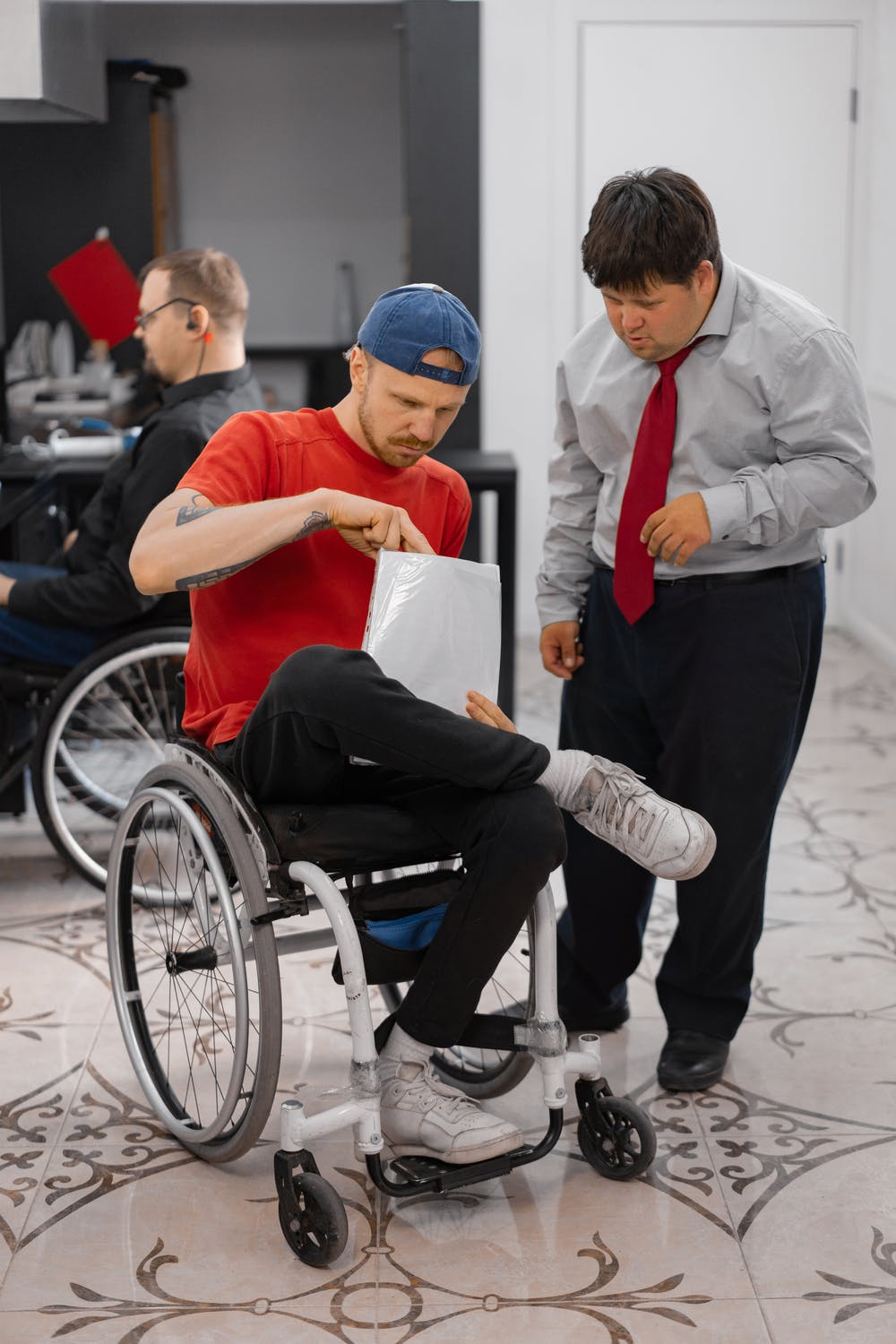This article examines evidence that physical activity is beneficial for people with disabilities. It also discusses the importance of promoting physical activity for children and disabled people. An infographic presents the evidence for physical activity for people with disabilities. It has been compiled from many sources. For disabled people, aerobic physical activity includes walking, biking, and jogging. Many studies have also shown a correlation between physical activity with mental health.
Evidence of physical activity for disabled
The UK CMO’s most recent update to its physical activity guidelines includes a summary highlighting the evidence supporting physical activity for young people and children with disabilities. This report reviews the scientific evidence supporting physical activity and makes recommendations for future research. This infographic was created with the help of children and young NDIS providers Melbourne with disabilities, their parents, carers, and professionals in health and social services. Its main goal is to communicate important messages about NDIS Windsor physical activity, including duration and frequency.

The results of this review can have implications on policies aimed to improve the well-being and health of children with disability, including those with visual or hearing impairments. Although there are not many high-quality studies that specifically examine the effects of physical activity on children living with disabilities, evidence does show positive trends in the areas of coordination, balance, sleep outcomes, and coordination. Evidence from mixed disabilities also found consistent results with small but encouraging trends in muscle endurance and body composition, as well as independence.
Physical activity is good for children with disabilities
There are many benefits to physical activity for disabled kids. It promotes balance, endurance, concentration, and socialization. Physical activity promotes independence. Furthermore, it reduces the risk of diseases like type-2 diabetes. Here are some benefits for children with disabilities that physical activity can bring. Here are some of the benefits. These benefits can be realized if your child is active enough.
This report reviews scientific evidence that physical activity is beneficial for disabled children and youth. It focuses on the benefits of physical activity and makes recommendations based on evidence for both sport organizations and health professionals. The guidelines provide recommendations for how much and how often disabled children and young people should engage in physical activity. They are based on research that reflects disability and the impact on the body and mind. Therefore, you can start physical activity for your disabled child or young person today.
Policy needed to promote physical activity and independence for people with disabilities
To promote physical activity for people who have disabilities, governments must ensure policies and programs are inclusive and accessible. They must incorporate universal design principles and accommodate for disability-specific accommodations. A wide range of people should be involved in the creation inclusive health coalitions, including disability service providers, people with disabilities, and advocates for physical activity. These coalitions should also be capable of capturing, translating, and disseminating the best practices for inclusion. The ultimate goal is to increase participation in physical activity programs for people with disabilities.
Even though the world guidelines recommend that people exercise at least 150 minutes per week, many people with disabilities find it difficult to reach this goal. For example, paralysis and pain can make it difficult for people with disabilities to walk for long periods of times. These factors, along with high unemployment rates, make physical activity more difficult for people with disabilities. Furthermore, policies and programs that promote physical activity must offer reasonable accommodations to encourage participation among this underserved population.
Inadequacy of guidelines for physical activity for the disabled
Disabled people often neglect to exercise despite their increased health concerns. Most people don’t exercise the recommended amount of thirty minutes five times a week as recommended by World Health Organization. This lack of physical activity is particularly problematic for disabled people, since their disabilities can limit their functional capacities, including autonomic dysfunction, focal spasticity, urinary incontinence, balance and thermoregulation abnormalities. They may also have secondary health issues such as depression and aches and pains.
Disabled people may find it frustrating that there are no guidelines for exercising. This can discourage social support and discourage them from getting active. People with disabilities may be reluctant to exercise because of their physical limitations. As well, consumers and fitness pros may not be aware of local opportunities for physical exercise. This could be avoided by creating activity guides that are tailored to the needs and abilities of Canadians with disabilities. The Canadian Society for Exercise Physiology provided administrative and leadership support for the development of this report.




